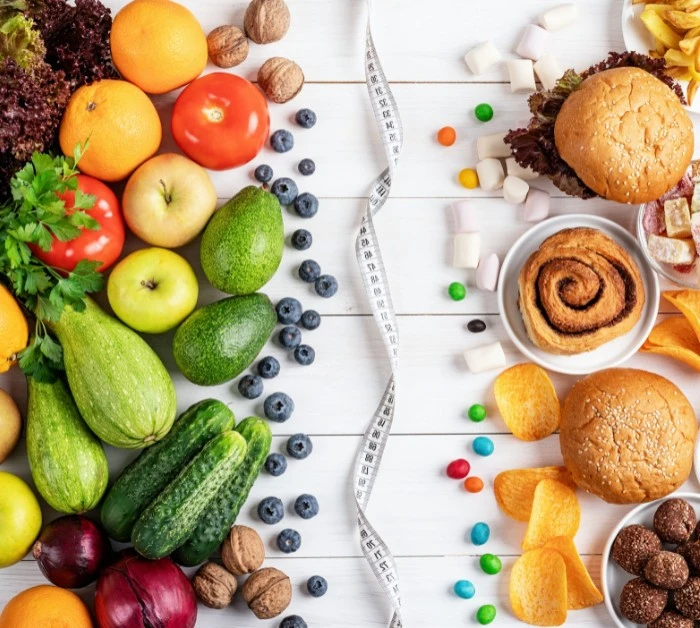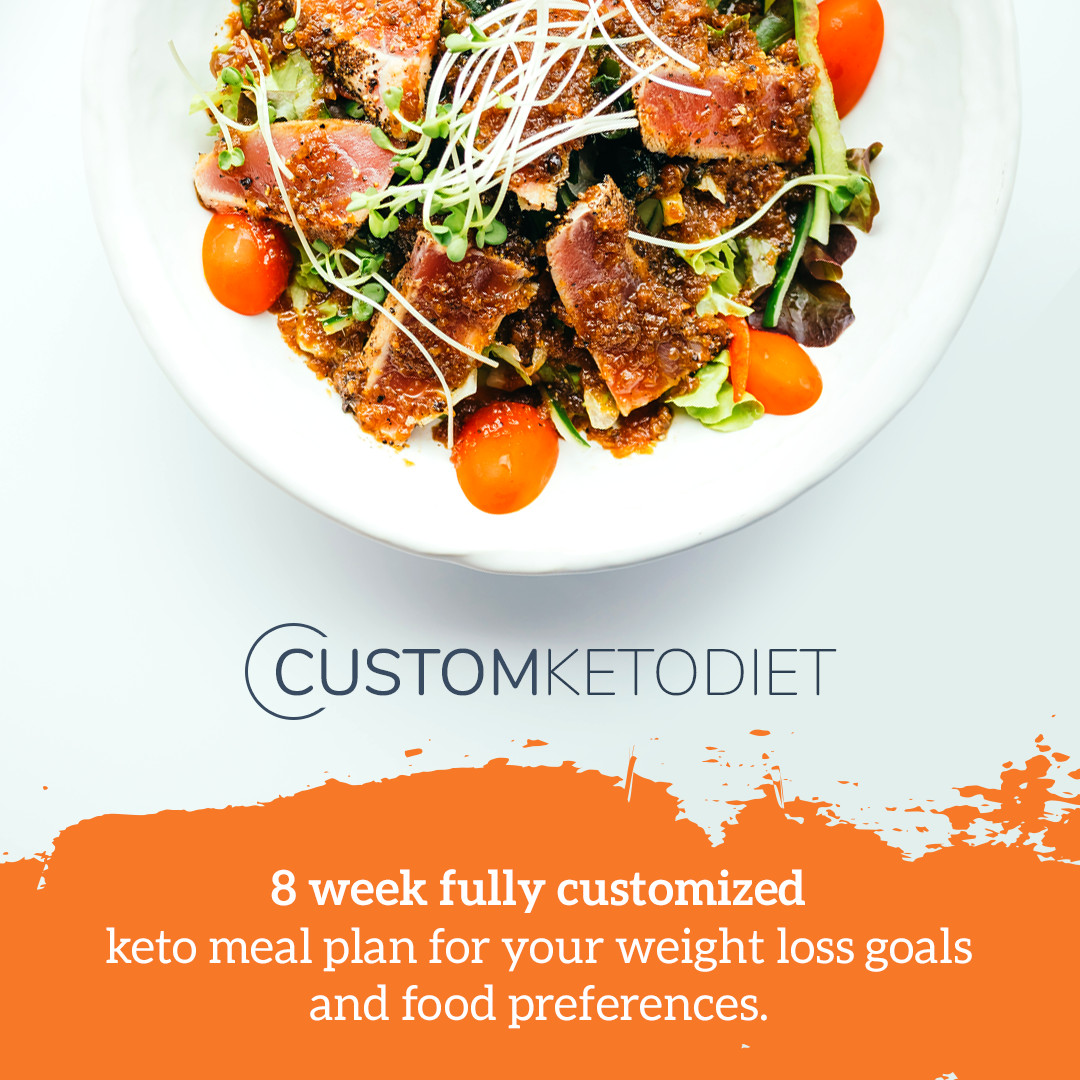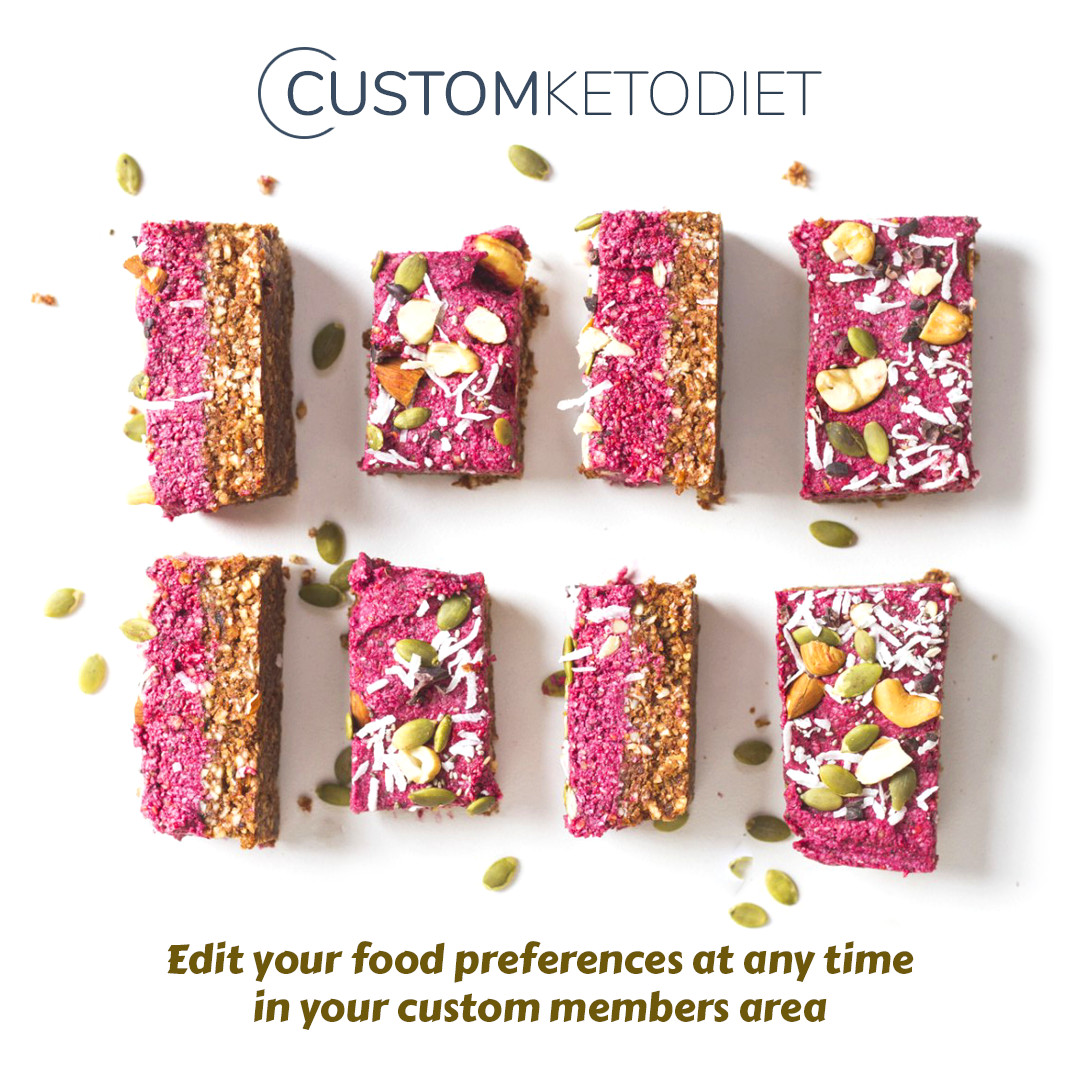This is a fantastic way to enjoy your favorite foods while also controlling your weight. The 80/20 rule diet is a flexible way of eating that allows you to enjoy a few exceptional treats.
This article will explain what the 80/20 rule diet is, what foods to eat, and the benefits and downsides of following this eating plan.
First, let’s define the 80/20 diet and what the numbers in its name represent!
This post may contain affiliate links, which means we may receive a small commission, at no cost to you, if you make a purchase through a link. For more information, please see our disclosure.
What is the 80/20 rule diet?
The 80/20 rule diet is a flexible approach to weight loss that involves eating nutritious foods for 80 percent of your meals and allowing yourself to indulge in less healthy foods for the remaining 20 percent.
The entire idea behind the 80/20 rule is that in order to be healthy and balanced, you don’t always have to make 100% healthy food choices. 80% is acceptable. With the remaining 20%, you can eat less healthy foods and indulge yourself.
This diet is popular because it is less restrictive than other similar diets. You can still eat whatever you want as long as you consume it in moderation and in small portions.
You could, for example, eat a tiny piece of chocolate cake today and a glass of red wine tomorrow, but not both at the same time.
The best part about the 80/20 rule is that you never have to say, “I can’t eat that.” Instead, you’re saying, “I’ll eat this now and that tomorrow.”
Calculation
Calculating 20 percent of your daily calorie goal is the most effective technique to identify what 20% of the time looks like for you.
So if your daily calorie limit is 1,500 calories, 20% equals 300 calories. This implies you have 300 calories to “spend” on whatever you want to eat, whether it’s a slice of pizza, a cup of ice cream, or something else.
If you’re concerned about the math, it’s simple: breakfast, lunch, and dinner for a week equal 21 meals, therefore 80 percent would be 17 nutritious meals and 20 percent would be 4 “treat meals”.
But be careful with these four indulging options. If you overeat on pizza, fries, and cheeseburgers for those four meals, you’ve just undone the 80 percent’s hard work. You can eat that cheeseburger, but don’t order a Whopper or double fries with it.
Some people try to apply the 80% rule to weekdays and the 20% rule to weekends, but this might lead to overeating because you’ve been restricting yourself from treats all week.
Following the 80/20 rule on a daily basis allows you to indulge every day. As a result, you never deprive yourself of the pleasure of enjoying a small portion of something you enjoy.
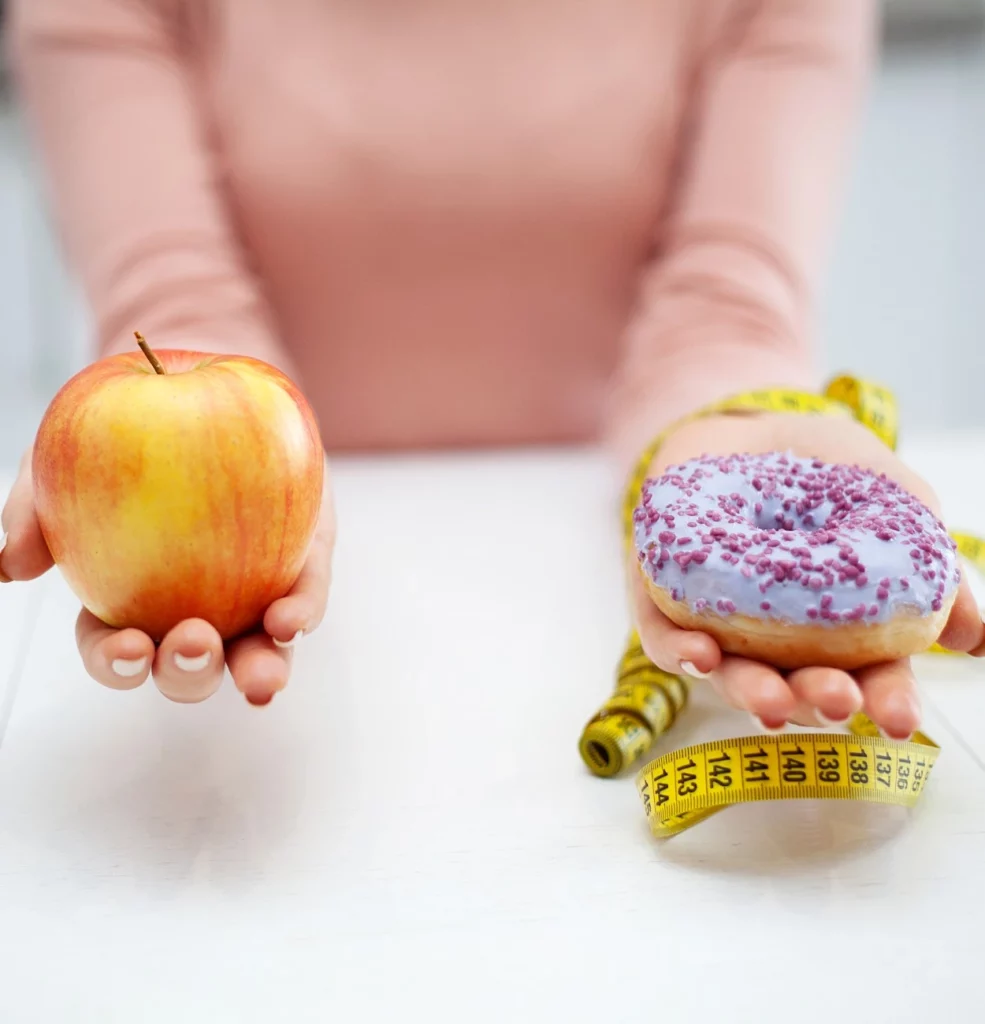
What you can eat on the 80/20 Diet
On the 80/20 diet, you can technically eat whatever you want as long as you stick to the idea of consuming healthy foods for 80 percent of your meals and snacks.
Here is a list of foods to eat 80% of the time and foods to consume 20% of the time:
Foods for the 80 percent
- Fruits and vegetables
Fruits and vegetables are rich in important nutrients. They are high in dietary fiber and low in calories.
- Whole grains
Whole grains should account for at least half of all grains consumed, according to the Dietary Guidelines for Americans. If you’re like the majority of people, you don’t eat enough whole grains. They include a lot of iron, magnesium, manganese, phosphorus, selenium, B vitamins, and fiber.
Examples: brown rice, quinoa, oatmeal, buckwheat, barley, amaranth, 100% whole wheat bread, and pasta products.
- Lean proteins
Lean protein foods are high in protein but low in less desirable nutrients like saturated fat and dietary cholesterol. Some lean protein sources also include important plant compounds, vitamins, minerals, and dietary fiber.
Lean meat, low-fat dairy, legumes, fish and seafood, and soy protein.
Plan your meals around lean protein sources. Make every effort to avoid trans fats.
Examples: white meat chicken, white meat turkey, lean pork, lean beef, eggs and egg whites, cod, salmon, oyster, shrimp, plain greek yogurt, beans, peas, lentils, low-fat cottage cheese, tofu, tempeh, nuts, seeds, etc.
There are numerous sources of lean animal and plant protein. As a result, you don’t need to go over your daily fat or calorie restrictions to achieve your protein requirements.
Foods for the 20 percent
Consume your favorite foods in moderation for your treats, or the 20% part. Reduce your consumption of processed and fried foods to 20% of your total diet.
Examples: chocolate, candies, sugary drinks, ice cream, fast food, bakery products, processed meats, packaged snacks, sweetened breakfast cereals, etc.
When you have a generally well-balanced diet and eat in moderation, there are no foods that need to be strictly off-limits for meals on the 80/20 diet.
Pros of the 80/20 rule diet
- Easy to do
The 80/20 diet’s remarkable flexibility may be its most significant benefit. It’s simple to follow with the only rule being to eat “healthy” 80% of the time and limit treats to 20% of the time.
When compared to a conventional restrictive diet for weight loss, this eating style is more sustainable and might be used for a long time by someone who wishes to eat healthier. Many diets fail due to being too rigid.
A study published in the Journal of Obesity & Weight Loss Therapy evaluated the effectiveness of the MyPlate diet versus the 80/20 diet. At the end of the study, so many people dropped out that the results were not clinically significant.
However, 58% of dropped participants were in the MyPlate diet group, whereas just 16% were in the 80/20 diet group. In the end, the researchers concluded that the 80/20 diet is a significantly more appropriate diet for the general public to follow when compared to other diet-restriction plans.
- There is no restriction on foods
No food is forbidden on this diet. You can eat everything you want, just not all the time. You can still have indulgences like a restaurant meal or birthday cake and ice cream.
- Promotes healthy habits
You learn to use healthy cooking methods because you eat nutritious foods 80 percent of the time.
Downsides of the 80/20 rule diet
Following the 80/20 diet can be time and money-consuming. Because fresh food and decent cuts of lean protein can be more expensive than boxed, frozen, or canned alternatives, you may need to stretch your budget a little. You must also be organized and willing to devote time to meal preparation.
The biggest problem with this diet is the lack of a definition of “healthy.” Though the flexibility of this eating pattern makes it simpler to maintain over time, many specifics, such as the definition of “healthy,” are open to interpretation.
Sources also dispute whether this eating pattern should be broken down into meals or calories. Some proponents advocate categorizing it by meals rather than calories.
For example, you might eat “healthy” 17 meals each week and “fun/cheat meals” for four. In some ways, this makes more sense because you can sort meals based on whether they follow MyPlate ( guidelines from the U.S. Department of Agriculture) or not.
Can you lose weight following the 80/20 rule?
The 80/20 rule may assist you in losing weight. The amount of weight you lose, however, is determined by how healthy or unhealthy your eating habits were prior to beginning the program.
If you eat high-fat, high-calorie foods on a daily basis, the 80/20 diet is likely to help you lose weight – at least initially. However, if your present diet is quite healthy, a calorie deficit substantial enough to result in weight reduction is unlikely.
To reduce weight, you may need to modify your caloric intake and energy balance. Calories, even healthy ones, always count.
The takeaway
The 80/20 rule diet is a flexible eating plan with no calorie or food group restrictions. Many diet trends are characterized by stringent limitations and strict dietary requirements.
This diet, on the other hand, is unique in that it allows for a great deal of flexibility as well as the occasional treat.
The 80/20 diet is an excellent starting point for learning about moderation and eating a well-balanced, nutritious diet. It is possible to avoid feeling like a diet is overly rigid if you learn to plan for and enjoy indulgences guilt-free.
However, because it does not always result in a calorie deficit, it may not be adequate to promote weight loss if that is your aim.
It is recommended that you get the advice of a trained dietitian before embarking on the 80/20 rule diet. Your dietitian will go over your typical diet with you and work with you to improve your food choices to help you reach your nutrition goals.
Always consult with your doctor or a nutritionist before making any changes to your diet; they know what is best for you and will assist you in making the best decision.
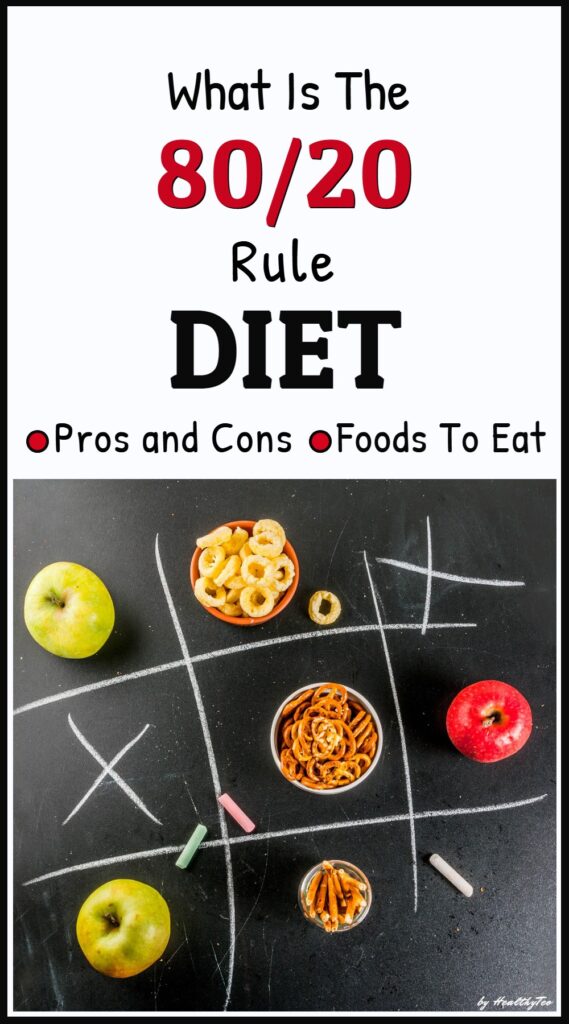
Disclaimer: All the information on this website is for educational purposes only. Nothing on this website should be considered health or medical advice. Always consult with a doctor or trusted health professional before following any dietary, nutritional, or herbal recommendations.

